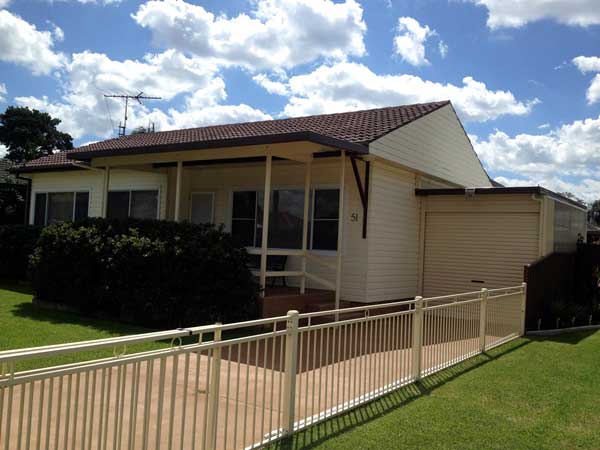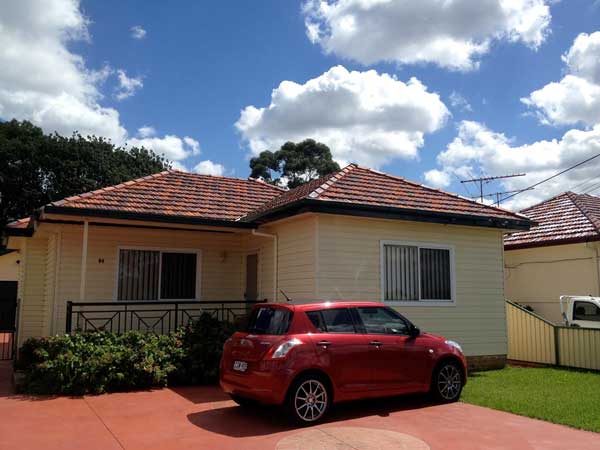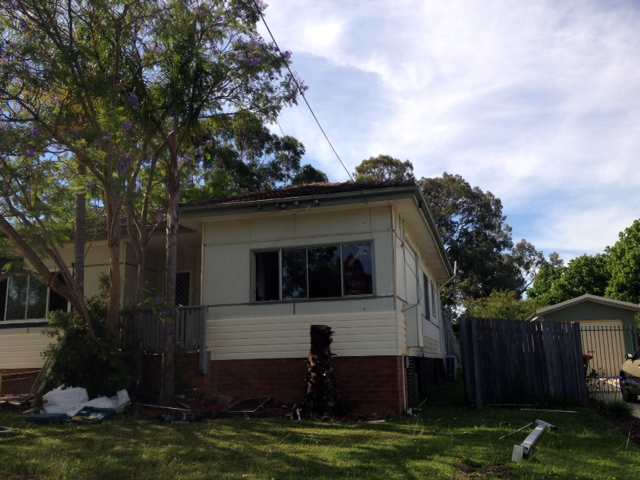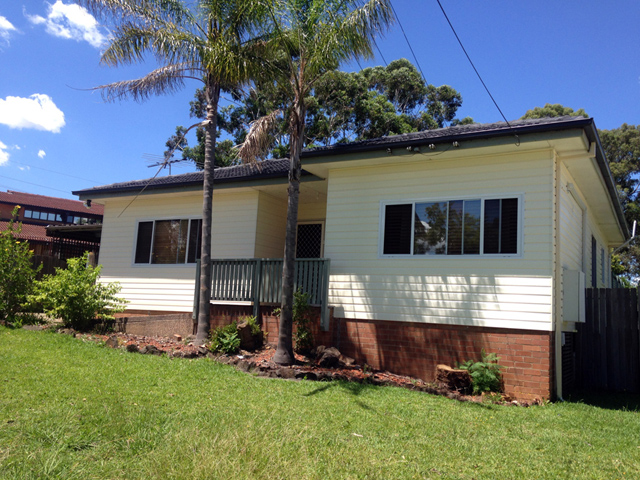Most houses constructed between 1950 and 1970, and even beyond were built with cheap bricks, pebbledash or concrete tile panels, all of which are unattractive to look at. House cladding is the simplest way to improve the appearance of a house while maintaining the advantage of a strong, lasting interior wall structure.
There are many ways to clad out your house, if you have just bought one of those old houses whose walls don’t exactly resonate with ‘Welcome to Our New Mansion’.
Partial or full cladding
You can improve your house by partial exterior wall cladding, where you start by painting any ugly pebbledash or brickwork. For instance, you can paint the ground storey a solid white and clad up the upper storey(s) that people can see from a distance.
If you have a small enough house or an unlimited budget, the better option is full cladding for houses, which not only improves the aesthetics appeal of the home; it also protects it from damage by moisture, winds and pests.
Cladding materials
Considering the kind of material to use for external wall cladding, you have a variety of options:
The cheapest option is using PVCu, which comes in various qualities. Higher quality PVCu is rather expensive – almost equivalent to using timber. You can find colourbond cladding in various shades, but the cheapest one is white. PVCu discolours over time however, but you can opt for the higher quality versions that come with a 20-year guarantee against discolouration.
Another option is softwood cladding, where you use lower-cost timber options like pine and spruce for external wall cladding. However, the disadvantage of these is that they need frequent maintenance – painting and preservative treatments, which over time makes it a more expensive option compared with hardwood.
A better alternative to softwood and colorbond wall cladding is hardwood timber Western red cedar, which doesn’t need staining initially or at any point in the future, but this is relatively high-cost. You can opt for larch which is relatively high quality and cheaper than cedar. You can also use Render, which is more expensive than timber, but suitable for traditional as well as contemporary style homes.
Palliside Cladding
There are many other options for cladding your home such as fibre cement cladding, but none compare to Palliside wall cladding for low cost, low effort maintenance. With it’s superior weather-resistant coating, you can be sure your renovation lasts a lifetime.




